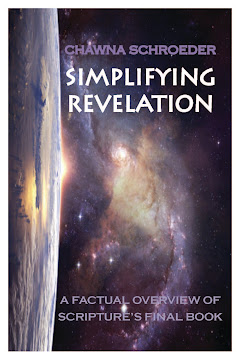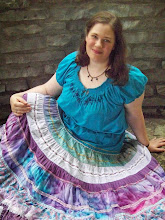In this post, I’m continuing my study of fiction and faith, how they intersect, and what to do when they collide—basically, how to build fiction guidelines. This week I’m considering the boundaries as applied to the maturity of children, both physically and spiritually.
First a quick review of characteristics, which we studied last week:
1) Children are curious about everything.
2) They learn through imitation.
3) Their world is rule-oriented.
Each of these characteristics affects how children see the world—including fiction. And with these characteristics come special advantages and dangers.
Advantages: A sense of wonder and the ability to learn through example—whether real or fictional.
Dangers: Lack of discernment, which might lead to mimicking evil, and a susceptibility to prejudice against anything different.
Basically, a child’s greatest strength is also his greatest hazard. Because they learn through imitation, children can do more things sooner than if they must receive step-by-step instruction for everything. But because they learn through imitation, they will mimic bad things as well as good, and they can become very adamant that this way is the only way, even if it’s not the best or healthiest for them.
Childhood Safeguards
What does this mean for a child’s reading? They need heroic heroes. (I’m using hero here as a term for the character, male or female, you root for in a story.)
I know that with the emphasis on realism happily-ever-after endings, virtuous good guys, and pure evil villains are often pushed aside as romantic delusions. After all, no one is pure evil and no one is totally good (except God Himself).
But that clear-cut definition is the very thing children need, for they will often strive to emulate fictional characters. Why else do girls want to be Cinderella and boys want to become Spiderman or other superheroes? So since they learn by imitation, the heroes in their stories need to be worth imitating—even if that means creating somewhat idealistic characters.
Does that mean the hero (male or female) can never have flaws?
No, though the mix does depend on a child’s age (the younger the child, the more clear the separation). But a child must want to imitate the good, and that is achieved through the same way discipline is at this stage: the consequences, good and bad, must be immediate and tangible. Snow White must live and get the prince; her stepmother must die. Distorting this clear-cut right and wrong can distort a child’s developing discernment.
Therefore, since parents are still keeping a close eye on their child’s reading at this stage, they need to encourage their children’s growing discernment (imperative for the next stage of maturity) by seeking out the stories that promote heroism, shunning the ones that don’t, and discussing the tales that blur the lines.
Childhood Christians
Christians that have reached childhood in their maturity often need many the same things that physical children do: heroes who try to do right, who get in trouble when they commit wrongs, and are ultimately rewarded by tangible means for doing right (guy gets girl, kingdom is saved, family harmony restored).
What does that mean for your reading? It broadens your horizons as a reader and watcher. Almost all Christian fiction will be suitable for your consumption, and since the focus is on the broad strokes of right and wrong now, limited selections of the secular (both film and novels) can be added in.
However, I must warn against an added danger that childhood Christians face, especially ones who have taken the Christian-only route of infancy: the prejudice of the different.
Like a child who insists there’s only one way to do something, many Christians insist that we should read and watch things that are strictly “Christian”—their fiction world has become rule-bound. Christians like this tend to condemn anyone who reads, watches, or writes outside these strict boundaries as un-Christian and evil.
That’s not necessarily true: those works may simply be written by and for Christians with more discernment and a higher maturity level. That doesn’t mean there aren’t stories that cross the boundaries (we’ll cover more on that with the freedom-loving teens), but we need to exercise caution before condemning a story. Very few stories in ABA (secular reading) or CBA (Christian market) are totally good or totally bad.
(For a more in-depth look on the problems of the Christian-only route, check out my post on that topic.)
Overall, childhood Christians need to seek out good stories with clear-cut right and wrong, guided by a trustworthy mentor.
Friday, December 14, 2007
Subscribe to:
Post Comments (Atom)




No comments:
Post a Comment